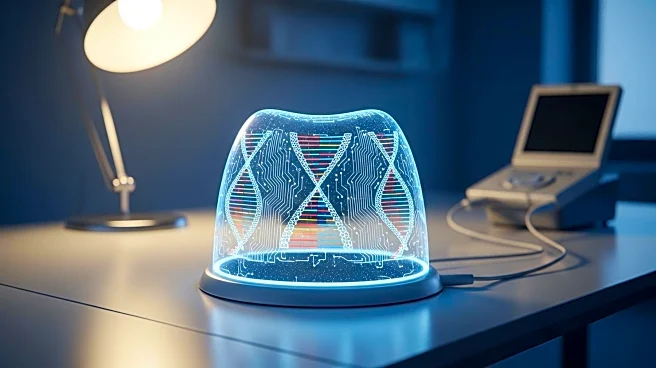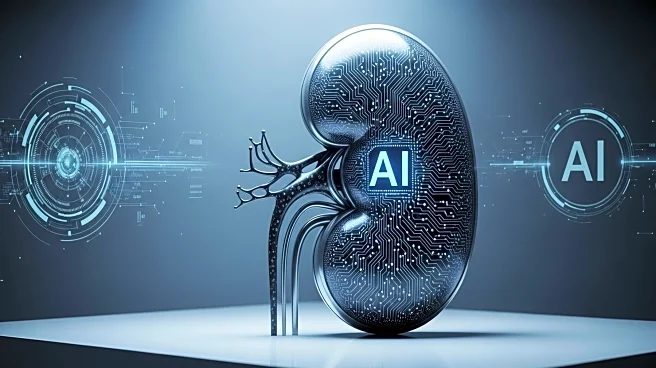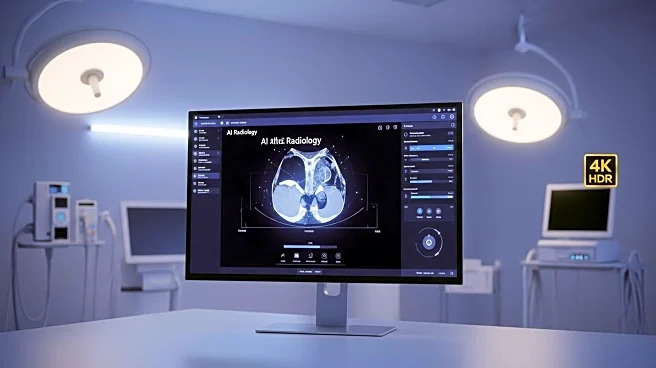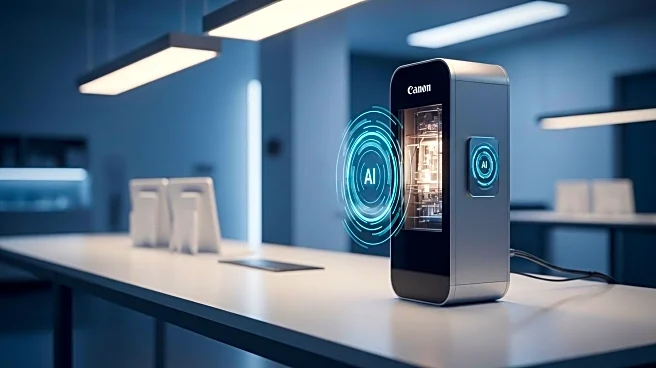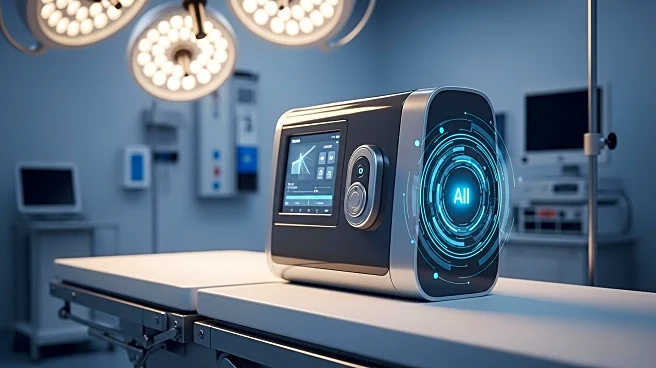What is the story about?
What's Happening?
A new development in wearable biosensing technology has emerged with the integration of soft bioelectronics embedded with a self-confined tetrahedral DNA circuit. This innovation aims to enhance chronic wound monitoring by providing high-fidelity detection of biochemical markers and biophysical parameters. The system utilizes a multimodal biosensing array and a miniaturized flexible printed circuit board (FPCB) for signal processing and wireless communication. The biosensor array is designed to detect proteins related to wound healing, such as tumor necrosis factor-alpha (TNF-α), interleukin-6 (IL-6), transforming growth factor-beta1 (TGF-β1), and vascular endothelial growth factor (VEGF). The technology employs a self-confined DNA cascade amplification pool, which allows for sensitive detection of low-abundance proteins without external reagents, ensuring mechanical adaptability and seamless integration with existing healthcare systems.
Why It's Important?
This advancement in biosensing technology is significant for the healthcare industry, particularly in the management of chronic wounds. By enabling real-time, in-situ monitoring of wound healing processes, the technology can potentially improve patient outcomes through personalized treatment plans. The ability to continuously monitor biochemical and biophysical indicators without impeding the healing process offers a promising solution for managing complex wound conditions, including diabetic and infected wounds. The integration of wireless communication and user interfaces further enhances the practicality of this technology, allowing for remote monitoring and data collection, which could lead to more efficient healthcare delivery and reduced hospital visits.
What's Next?
The next steps involve further validation of the biosensing system in clinical settings to assess its effectiveness and reliability in diverse wound conditions. Researchers may focus on optimizing the integration of this technology with existing healthcare infrastructure, ensuring standardized data formats and intuitive interfaces for seamless operation. Additionally, addressing data privacy concerns related to continuous biomarker monitoring will be crucial. The potential expansion of this technology to other areas of healthcare monitoring, such as infection detection and management, could be explored, broadening its application and impact.
Beyond the Headlines
The development of this biosensing technology raises important ethical and legal considerations regarding data privacy and patient consent. As continuous monitoring becomes more prevalent, ensuring the security and confidentiality of patient data will be paramount. Furthermore, the technology's ability to provide personalized treatment plans based on real-time data could shift the paradigm in wound care management, emphasizing preventive measures and early intervention. This could lead to long-term shifts in healthcare practices, prioritizing patient-centered approaches and reducing the burden on healthcare systems.
AI Generated Content
Do you find this article useful?





